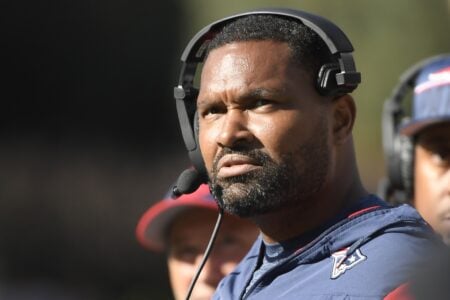- Joined
- Sep 13, 2004
- Messages
- 58,990
- Reaction score
- 12,780
I am still trying to figure out DVOA, the product of idle minds trying to think of a way to make themselves somehow relevant in world of NFL stats..
Sounds good, but no idea wtf they are talking about..
When this lesson is complete then we can discuss: DYAR (Defense-adjusted Yards Above Replacement),
Adjusted Line Yards or Pythagorean Projection...
Sounds good, but no idea wtf they are talking about..
When this lesson is complete then we can discuss: DYAR (Defense-adjusted Yards Above Replacement),
Adjusted Line Yards or Pythagorean Projection...



















